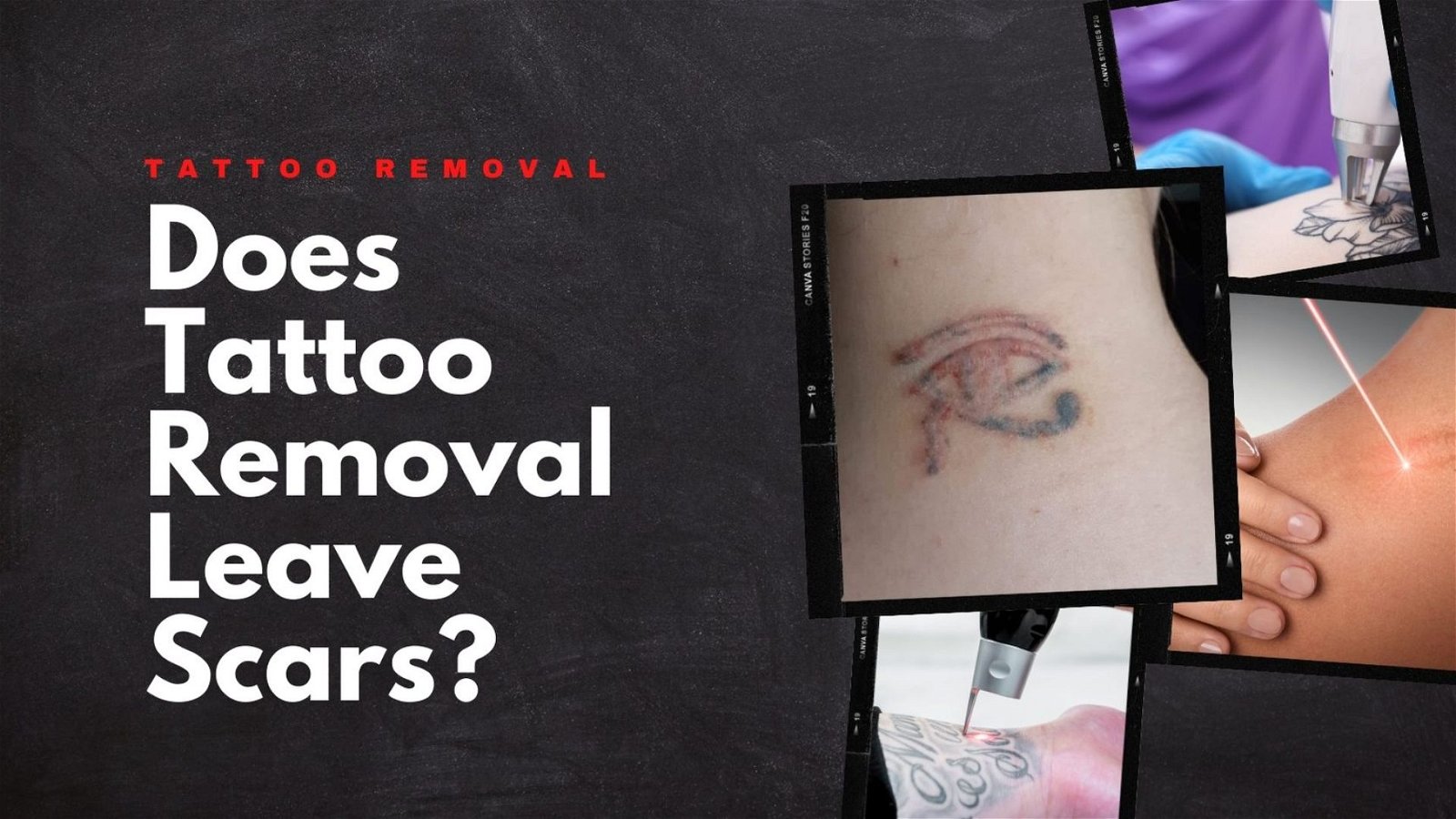Many people are interested in tattoo removal, but many are worried about the potential for scarring.
The thought of having a permanent reminder of a mistake can be daunting, and the fear of scarring keeps you from seeking out tattoo removal.
Thankfully, modern technology has made great strides in removing tattoos with minimal scarring. Read on to learn more about tattoo removal and the potential for scarring.
What Is Scarring?
Scarring is the natural healing process that follows an injury to the skin. It results from the body’s attempt to repair the damage by forming new, collagen-rich tissue.
Collagen is a protein that provides strength and support to the skin. It is produced by special cells called fibroblasts. When these cells are damaged, collagen production can be disrupted, leading to scarring.
What Are the Different Types of Scarring?
Scars are classified according to their shape and physical appearance. The most common types of scars are:
Hypertrophic Scars
These are thick, raised scars that often occur following a trauma or injury to the skin. They are caused by an overproduction of collagen, which leads to a raised, fibrous scar.
Contracture Scars
These are scars that occur due to the contraction of the skin. They can occur due to burns, radiation therapy, or certain diseases, such as scleroderma. Contracture scars can cause the skin to become tight and rigid, making movement and flexibility difficult.
Keloid Scars
These are raised, tumour-like scars that often grow beyond the boundaries of the original injury. They are caused by an overproduction of collagen and can be very difficult to treat.
Pitted/ Sunken Scars
Pitted scars often look like tiny craters in the skin. A loss of tissue causes these scars. They can be the result of an injury, surgery, or acne.
Normal Fine-Line Scars
These are the most common scars caused by the natural healing process. They are usually thin, flat, and pale.
How Does Tattoo Removal Cause Scarring?
There are a couple of methods used to remove a tattoo: laser tattoo removal, surgical excision, and dermabrasion.
Laser Surgery
Laser surgery is the most common method used to remove tattoos. It uses a high-intensity laser beam to break up the ink particles in the tattoo. This light energy is absorbed by the ink pigments, which break down and eliminate the body.
Laser surgery is the most effective tattoo removal method, but there is a minimal risk of scarring. It depends on the type of laser used and the intensity of the laser beam.
Surgical Excision
Surgical excision is the removal of a tattoo by cutting it out of the skin. It is a safe and effective tattoo removal method, but this method has the highest chance of scarring.
Dermabrasion
Dermabrasion is removing the top layer of skin with a particular instrument. It is used to remove tattoos, scars, and other blemishes from the skin.
This method may be effective, but dermabrasion done too deeply can cause deep scarring.
How Can I Reduce the Risk of Scarring?
You can do a few things to reduce the risk of scarring:
- Make sure you select a qualified and experienced tattoo removal specialist.
- Ask about the type of laser or surgery that will be used.
- Make sure you understand the risks and benefits of each method.
- Discuss any concerns you have with your doctor.
- Make sure you follow all of the aftercare instructions provided by your doctor.
What To Do With Scarring After Tattoo Removal?
Once you have healed from your tattoo removal, there are a few things you can do to improve the appearance of your scars:
1. Apply a Scar Gel
Scar gel is a special cream or ointment designed to improve the appearance of scars. It helps soften and smooth the scar tissue and reduces redness and inflammation.
2. Use a Scar Serum
Scar serum is a particular type of serum designed to improve the appearance of scars.
3. Wear a Scar Concealer
Scar concealers are unique makeup products designed to hide scars. They come in various colours and textures and can help make the scar less noticeable.
Other Risks of Tattoo Removal Procedures
In addition to the risk of scarring, laser surgery and surgical excision also carry a risk of other side effects, such as burns, blisters, and skin discolouration. Dermabrasion can also cause skin irritation and redness.
It is important to remember that these risks, with proper precautions, can be minimised.
The above information is general and should not be taken as medical advice. If you consider having a tattoo removed, it is essential to discuss the risks and benefits of each method with your doctor.
Scars Are Almost Non-Evident On Laser Tattoo Removal
Fortunately, scarring in laser tattoo removal is highly unlikely compared to other methods. With the laser technology advancements these days, most if not all scars are barely visible. Tattoos fade gradually and evenly with subsequent treatments to never look like a scar post-removal.
Normal-looking skin texture will resume over time, just as it does after naturally healing a wound. Talk to your laser tattoo removal specialist to see if they have a scar reduction protocol in place for their practice.
Final Thoughts
Scarring is one of the potential risks of laser tattoo removal. However, with proper precautions, you can minimise the risk. If you consider having a tattoo removed, it is essential to discuss the risks and benefits of each method with your doctor.
When scarring does occur after laser tattoo removal, there are a few things you can do to improve the appearance of your scars. Apply a scar gel, use a scar serum, and wear a scar concealer. These products can help soften and smooth the scar tissue and reduce redness and inflammation.
If you have any questions or concerns, please don’t hesitate to contact your doctor.





